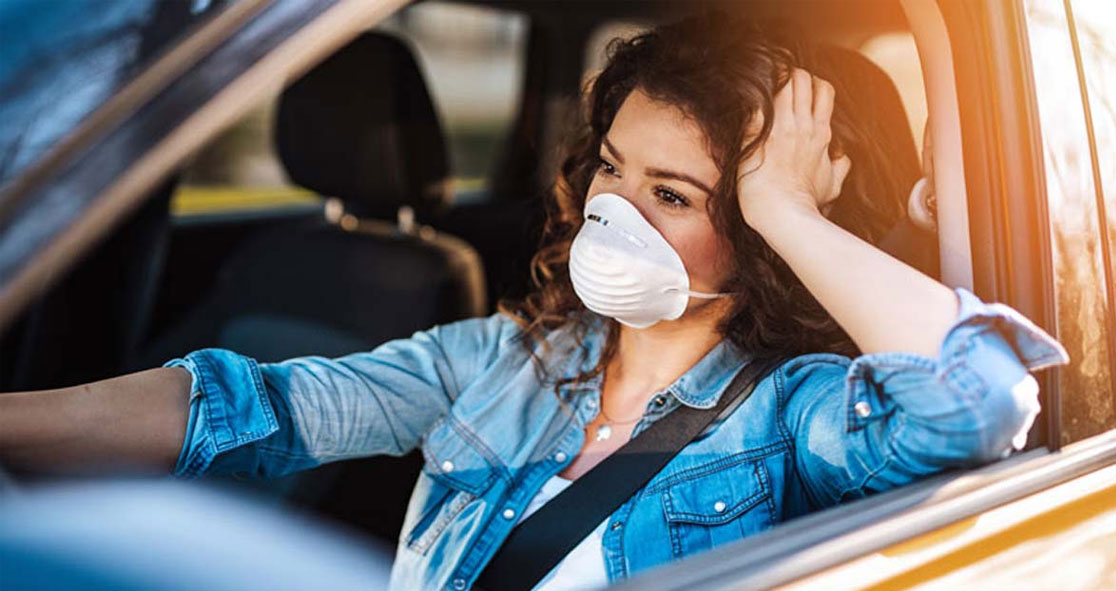A new study published in the journal Science Advances has found that how airflow inside a car reduces the risk of COVID-19 transmission.
Researchers of Brown University used computer models to simulate the airflow inside a compact car, assessing various combinations of windows closed or open.
They found that opening windows created an airflow pattern that significantly reduced the concentration of airborne particles exchanged between a driver and a single passenger.
Co-lead author of the study Asimanshu Das said, “Driving around with the windows up and the air conditioning or heat on is definitely the worst scenario, according to our computer simulations.”
“The best scenario we found was having all four windows open, but even having one or two open was far better than having them all closed,” he added.
Das co-led the study with Varghese Mathai, a former postdoctoral researcher at Brown University.
The authors pointed out that there is no way to eliminate risk completely. The current CDC guidance notes that “postponing travel and staying home is the best way to protect personal and community health.”
The study researchers were simply trying to study how changes in airflow inside a car could increase or decrease the risk of COVID-19 transmission.
One of the reasons why opening windows is better in terms of reducing aerosol transmission is that it increases the number of air changes per hour (ACH) inside the car, but ACH was only part of the story, according to the researchers.
They found that different combinations of open windows created different air currents inside the car, which could either decrease or increase exposure to remaining aerosols.
Senior author Prof. Kenny Breuer said, “When the windows opposite the occupants are open, you get a flow that enters the car behind the driver, sweeps across the cabin behind the passenger and then goes out the passenger-side front window. That pattern helps to reduce cross-contamination between the driver and passenger.”
They said it is important to note that airflow adjustment is no substitute for facemask by both drivers and passengers inside a car.
Breuer said, “This is the first study we’re aware of that really looked at the microclimate inside a car. There had been some studies that looked at how much external pollution gets into a car, or how long cigarette smoke lingers in a car. But this is the first time anyone has looked at airflow patterns in detail.”
Co-author Jeffery Bailey said, “This is really a great example of how different disciplines can come together quickly and produce valuable findings.”
“I talked to Kenny briefly about this idea, and within three or four days his team was already doing some preliminary testing,” he added. “That’s one of the great things about being at a place like Brown, where people are eager to collaborate and work across disciplines.” The article was published in Science Daily.























